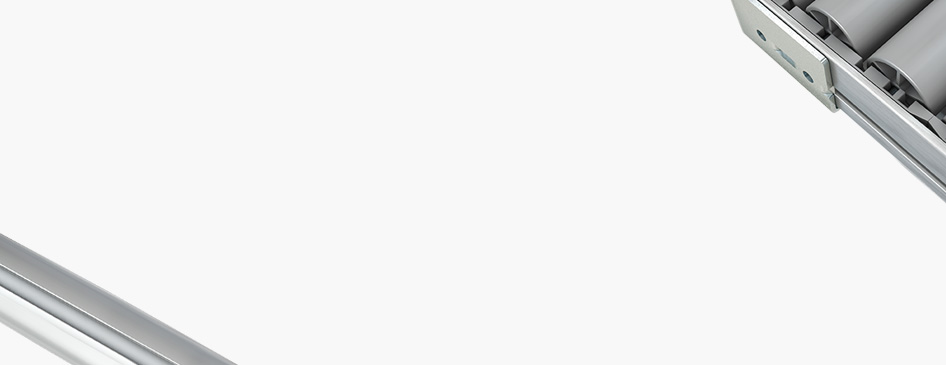
Wählen Sie eine
oder mehrere Sprachen aus
0,1,0
- Deutsch
- Englisch
- Chinesisch
- Spanisch
Metallography
Metallography (also called materialography) investigates Material structures quantitatively and qualitatively as well as microscopically and macroscopically.
A number of different methods and devices are available for this:
- In an optical microscope, beams of light are reflected at various angles to make the material sample's surface structure visible. Dark-field technology (illumination virtually parallel to the surface) or a differential interference contrast (polarised light) can be used to increase the resolution if appropriate.
- In a scanning electron microscope, varying numbers of secondary electrons are emitted from the samples' micro-surfaces in a rastered electron beam.
- A transmission electron microscope can penetrate samples with a focused, highly accelerated electron beam, provided they are sufficiently thin. During this process, the electron beam is diverted / scattered at the material's atoms.
- In ultrasonic microscopy, Sound waves penetrate the material with varying frequency. Phases in the sample volume can also be depicted.
Quantitative testing investigates various parameters:
- The intercept method is used to determine grain size based on statistically representative samples.
- The pore sizes (phase volume fractions) can be calculated and counted using a line grid.
